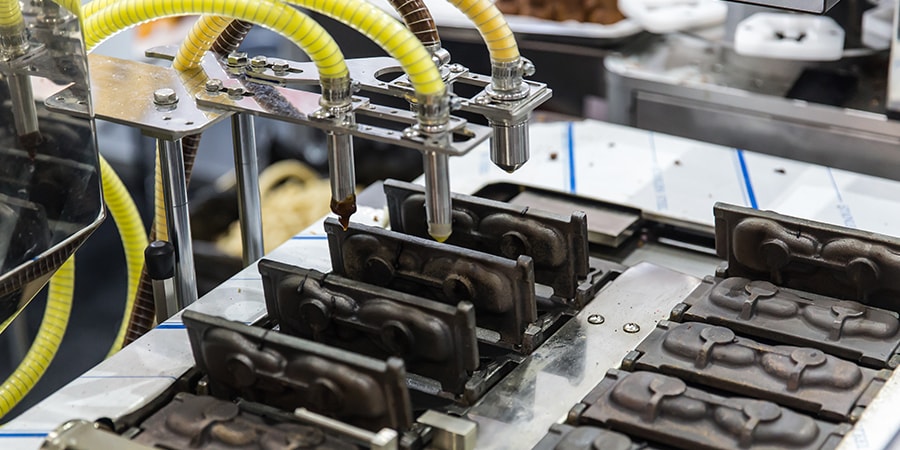The advent of 3D printing technology has revolutionized traditional mold manufacturing processes, bringing about significant advancements in efficiency, customization, and cost-effectiveness. Traditional mold manufacturing typically involves labor-intensive processes such as machining, casting, and injection molding, which require significant time and financial investments. These methods also impose limitations on design complexity and flexibility. However, 3D printing, also known as additive manufacturing, addresses many of these challenges by enabling the creation of molds through the precise layering of materials based on digital models. One of the primary advantages of 3D printing in mold manufacturing is the dramatic reduction in lead times. Traditional methods often require the production of prototypes and multiple iterations before achieving the final mold design. This process can span several weeks or even months. In contrast, 3D printing allows for rapid prototyping and quick modifications, significantly shortening the development cycle. Designers can create digital models and produce physical prototypes within days, facilitating faster testing and iteration.

Moreover, 3D printing enhances design flexibility and complexity. Traditional manufacturing processes often struggle with intricate geometries and fine details, necessitating additional steps or the use of assembly methods to achieve the desired results. 3D printing bypasses these limitations by building molds layer by layer, allowing for the creation of complex and highly detailed designs that would be impractical or impossible with conventional techniques. This capability not only expands the creative possibilities for designers but also enables the production of more efficient and innovative mold designs that can improve the performance and functionality of the final products. Cost-effectiveness is another significant benefit of 3D printing in mold manufacturing and what is tpr material. The initial setup costs for traditional mold-making, including the production of tooling and dies, can be prohibitively expensive, especially for low-volume production runs. 3D printing eliminates the need for these costly initial investments, making it a more viable option for small-scale and custom manufacturing. Additionally, the material waste associated with subtractive manufacturing processes is minimized in additive manufacturing, as the 3D printing process only uses the material necessary to build the mold.
Furthermore, 3D printing technology has opened up new possibilities for material innovation in mold manufacturing. Advances in 3D printing materials have led to the development of specialized filaments and resins that can withstand the high temperatures and pressures involved in molding processes. These materials provide durability and precision, ensuring that 3D-printed molds can perform on par with, or even surpass, those produced by traditional methods. The ability to experiment with and rapidly test new materials also fosters innovation and allows manufacturers to tailor molds to specific application requirements. In conclusion, 3D printing has fundamentally transformed traditional mold manufacturing processes by offering unparalleled advantages in terms of speed, design flexibility, cost-effectiveness, and material innovation. As the technology continues to evolve and mature, its impact on the manufacturing industry is likely to grow, driving further advancements and enabling new possibilities in mold design and production. The integration of 3D printing into mold manufacturing not only streamlines the production process but also paves the way for more innovative and sustainable manufacturing practices.
